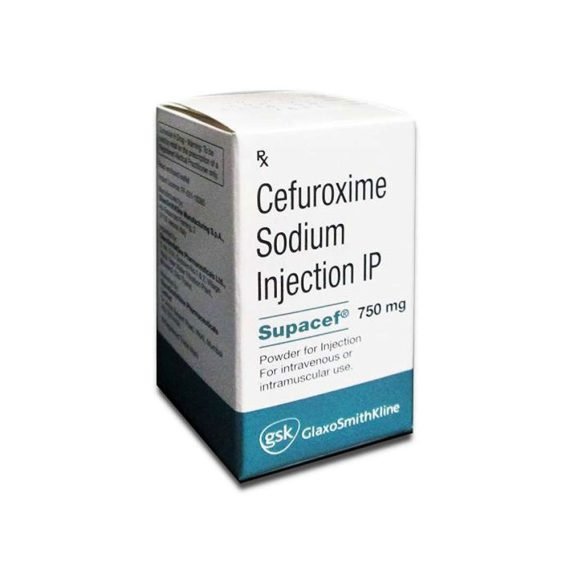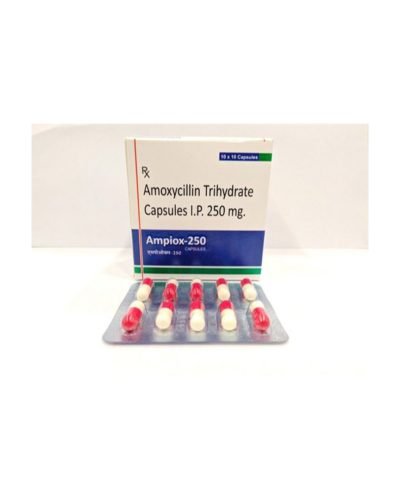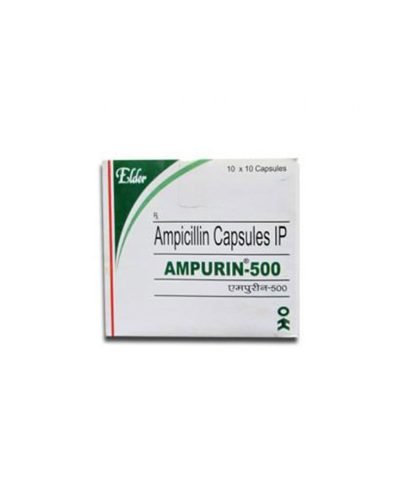Supacef – Cefuroxime Injection
Description
CEFUROXIME (SUPACEF) INJECTION – TREATMENT OF BACTERIAL INFECTION
Cefuroxime, a second-generation cephalosporin antibiotic, has gained recognition for its potency against a wide array of bacterial infections. One of the notable formulations of cefuroxime is Supacef Exporter, available in the form of an injection. In this blog, we will delve into the world of Supacef (Cefuroxime) Injection, understanding its uses, benefits, and essential precautions.
Understanding Supacef (Cefuroxime) Injection
Supacef, a brand name for cefuroxime injection, belongs to the cephalosporin class of antibiotics. It is a sterile and potent solution that is administered intravenously to treat various bacterial infections. Cefuroxime works by inhibiting the growth of bacteria, preventing them from forming cell walls, ultimately leading to their destruction.
Uses and Benefits
- Respiratory Tract Infections: Supacef is often prescribed for respiratory tract infections, including bronchitis, pneumonia, and sinusitis. Its broad-spectrum activity makes it effective against both community-acquired and hospital-acquired infections.
- Skin and Soft Tissue Infections: It is commonly used to treat skin and soft tissue infections such as cellulitis, impetigo, and abscesses. Its ability to penetrate tissues effectively contributes to its efficacy in such cases.
- Urinary Tract Infections: Cefuroxime is also utilized to treat urinary tract infections caused by susceptible bacteria. Its ability to concentrate in the urinary tract makes it a valuable option for these infections.
- Surgical Prophylaxis: Supacef is sometimes used as a prophylactic measure to prevent surgical site infections. It is administered before surgery to reduce the risk of post-operative infections.
- Gynecological Infections: Infections of the female reproductive system, such as pelvic inflammatory disease, can also be treated with Supacef. Its spectrum of activity covers a range of bacteria that can cause such infections.
- Bacterial Meningitis: Cefuroxime may be used in the treatment of bacterial meningitis, a serious infection affecting the membranes surrounding the brain and spinal cord.
Precautions and Considerations
While Supacef can be highly effective, it’s important to exercise caution and consider the following points:
- Allergies: Inform your healthcare provider if you are allergic to cefuroxime or other antibiotics. Cross-reactivity with other beta-lactam antibiotics might occur.
- Dosage and Administration: The dosage and administration schedule will be determined by your healthcare provider based on the specific infection, its severity, and your individual health factors.
- Drug Interactions: Inform your doctor about any other medications or supplements you are taking to prevent potential drug interactions.
- Pregnancy and Breastfeeding: Discuss the use of Supacef with your healthcare provider if you are pregnant or breastfeeding. They will weigh the potential benefits against any risks.
- Side Effects: Like any medication, Supacef can have side effects, including allergic reactions, gastrointestinal disturbances, and potential impact on liver or kidney function.
- Resistant Bacteria: Misuse or overuse of antibiotics can contribute to antibiotic resistance. Use Supacef as prescribed and complete the full course even if you start feeling better.
Conclusion
Supacef (Cefuroxime) Injection is a valuable tool in the arsenal of antibiotics, offering effective treatment for a range of bacterial infections. Its broad-spectrum activity, combined with careful administration and adherence to precautions, makes it an important option in the fight against bacterial pathogens. As with any medication, it’s crucial to consult a healthcare professional before using Supacef to ensure its appropriate use and maximize its benefits while minimizing potential risks.













